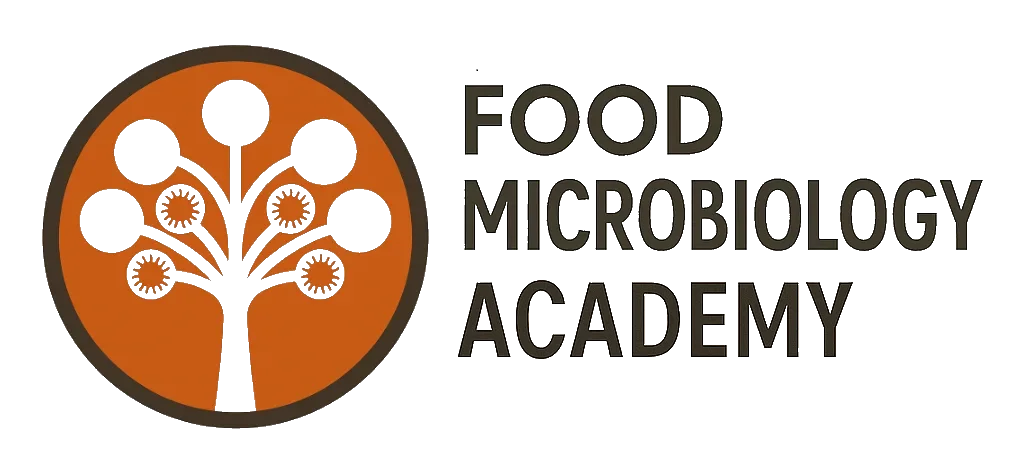Wednesday this week, June 7, was World Food Safety Day. The World Health Organization has stated this year’s theme was “Food standards save lives”. To provide an introductory overview of the food safety regulatory framework around the world, we are giving an overview each day this week of the food safety regulations in the three most populous countries on each inhabited continent. This is part 4 of 6, North America, where we look into the United States, Mexico and Canada.
Food safety regulations in the United States are primarily enforced by the Food and Drug Administration (FDA) and the United States Department of Agriculture (USDA). These agencies work together to ensure the safety and quality of food products in the country. Here are some key aspects of food safety regulations in the USA:
- Food and Drug Administration (FDA):
- The FDA is responsible for regulating the safety and labeling of most food products in the United States, except for meat, poultry, and some egg products.
- Food Safety Modernization Act (FSMA): The FDA enforces the FSMA, a comprehensive food safety law aimed at preventing foodborne illnesses. It focuses on preventive measures, risk-based inspections, and enhanced traceability throughout the food supply chain.
- Hazard Analysis and Critical Control Points (HACCP): The FDA requires food businesses to implement HACCP plans, which identify and control potential hazards at critical points in the production process.
- United States Department of Agriculture (USDA):
- The USDA regulates the safety and labeling of meat, poultry, and certain egg products.
- Food Safety and Inspection Service (FSIS): The FSIS, a branch of the USDA, is responsible for enforcing food safety regulations for meat, poultry, and egg products. It conducts inspections, establishes standards, and ensures compliance with food safety requirements.
Food safety regulations in Mexico are enforced by several government agencies, with the Federal Commission for the Protection against Sanitary Risks (COFEPRIS) and the National Service of Agri-Food Health, Safety, and Quality (SENASICA) playing key roles. Here are some key aspects of food safety regulations in Mexico:
- Federal Commission for the Protection against Sanitary Risks (COFEPRIS):
- COFEPRIS is the primary regulatory authority responsible for food safety in Mexico. It ensures the protection of public health by establishing and enforcing regulations related to food safety, health, and sanitation.
- Licensing and Certification: Food businesses, including manufacturers, processors, distributors, and importers, are required to obtain licenses and certifications from COFEPRIS to operate legally and comply with food safety standards.
- Food Safety Standards and Guidelines: COFEPRIS establishes and enforces food safety standards and guidelines, covering areas such as hygiene practices, handling, processing, storage conditions, labeling, and packaging requirements.
- National Service of Agri-Food Health, Safety, and Quality (SENASICA):
- SENASICA is responsible for the safety and quality of agricultural products, including fruits, vegetables, grains, and livestock. It oversees food safety aspects related to primary production and animal health.
Food safety regulations in Canada are primarily enforced by the Canadian Food Inspection Agency (CFIA) and Health Canada. These regulatory bodies work together to ensure the safety and quality of food products available in the Canadian market. Here are some key aspects of food safety regulations in Canada:
- Canadian Food Inspection Agency (CFIA):
- CFIA is responsible for enforcing federal regulations related to food safety, animal health, and plant protection.
- Food Safety Enhancement Program (FSEP): FSEP is a comprehensive food safety program that outlines requirements for food businesses to identify, control, and monitor hazards in their operations. It includes principles of Hazard Analysis Critical Control Point (HACCP) and Good Manufacturing Practices (GMPs).
- Licensing and Registration: Certain food businesses, such as dairy processors and meat establishments, require licensing or registration with the CFIA to operate legally.
- Health Canada:
- Health Canada is the federal department responsible for setting national food safety standards and regulations.
- Food and Drug Regulations: These regulations outline requirements related to food composition, additives, labeling, and nutrition information.
- Maximum Residue Limits (MRLs): Health Canada establishes MRLs for pesticides, veterinary drugs, and other chemical residues in food to ensure they do not exceed safe levels.
- Safe Food for Canadians Act (SFCA):
- The SFCA is the primary legislation governing food safety in Canada. It provides a modernized framework for food safety, traceability, and consumer protection. It covers areas such as preventive control plans, traceability, and recall procedures.
- Canadian Food Safety Systems:
- The Integrated Food Safety System (IFSS) is a collaborative approach involving federal, provincial, and territorial governments to coordinate food safety activities across Canada. It aims to enhance communication, information sharing, and consistency in food safety enforcement.
- Provincial and Territorial Regulations: Provinces and territories in Canada have their own regulations and inspection systems to enforce food safety requirements at the local level. These regulations may vary slightly across jurisdictions.
- Inspection and Enforcement:
- The CFIA conducts inspections and audits of food establishments to verify compliance with food safety regulations. This includes evaluating sanitation practices, handling procedures, labeling, and documentation.
- Import and Export Controls: The CFIA monitors and enforces regulations related to food imports and exports to ensure compliance with food safety standards and prevent the entry or exit of unsafe or non-compliant products.
- Public Education and Awareness:
- The CFIA and Health Canada work together to educate and inform consumers about food safety through public campaigns, websites, and educational resources. These efforts aim to promote safe food handling practices and empower consumers to make informed choices.



